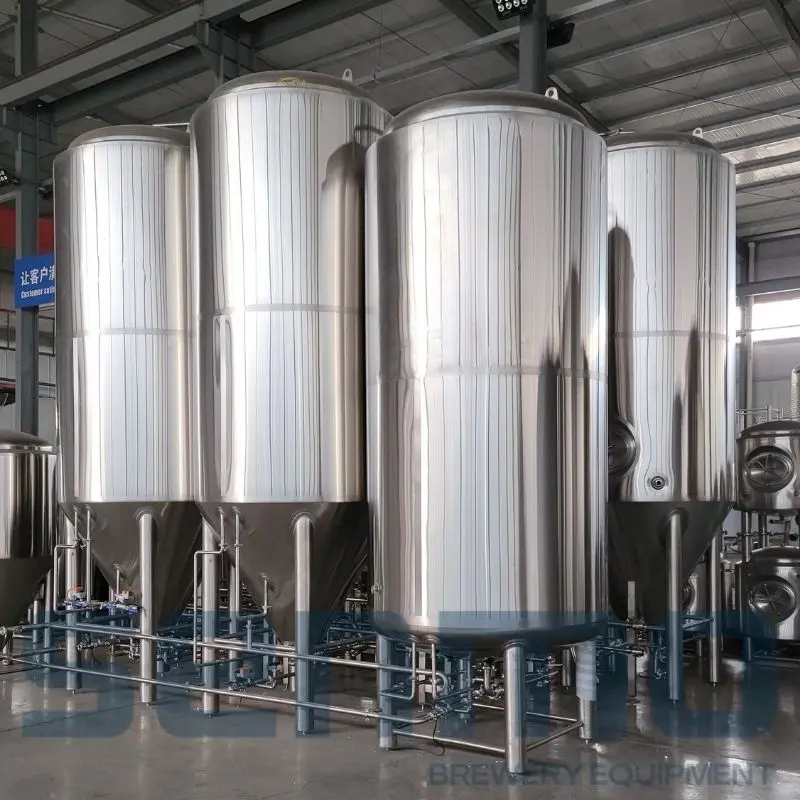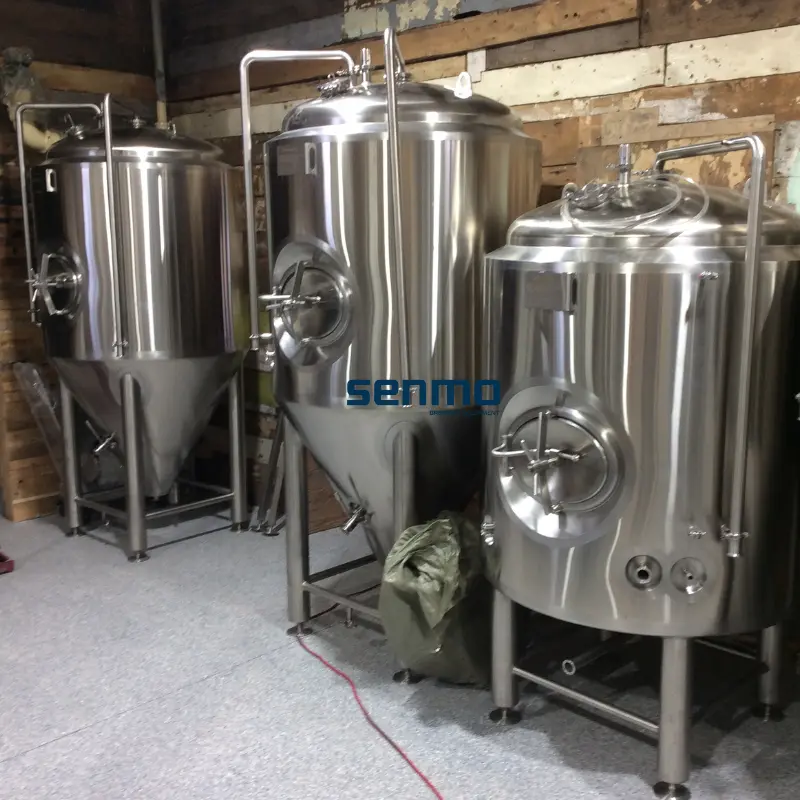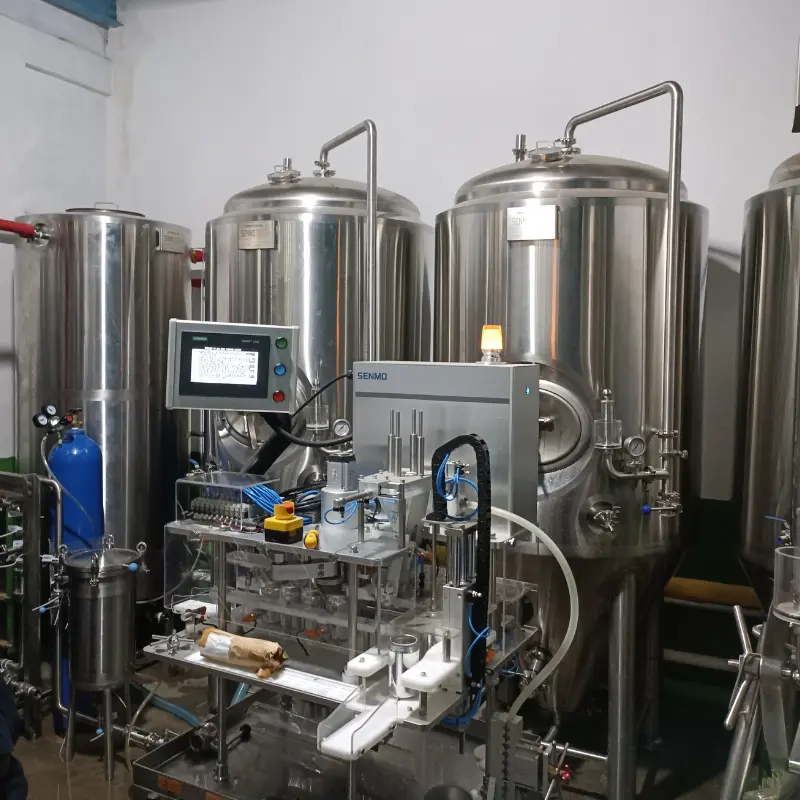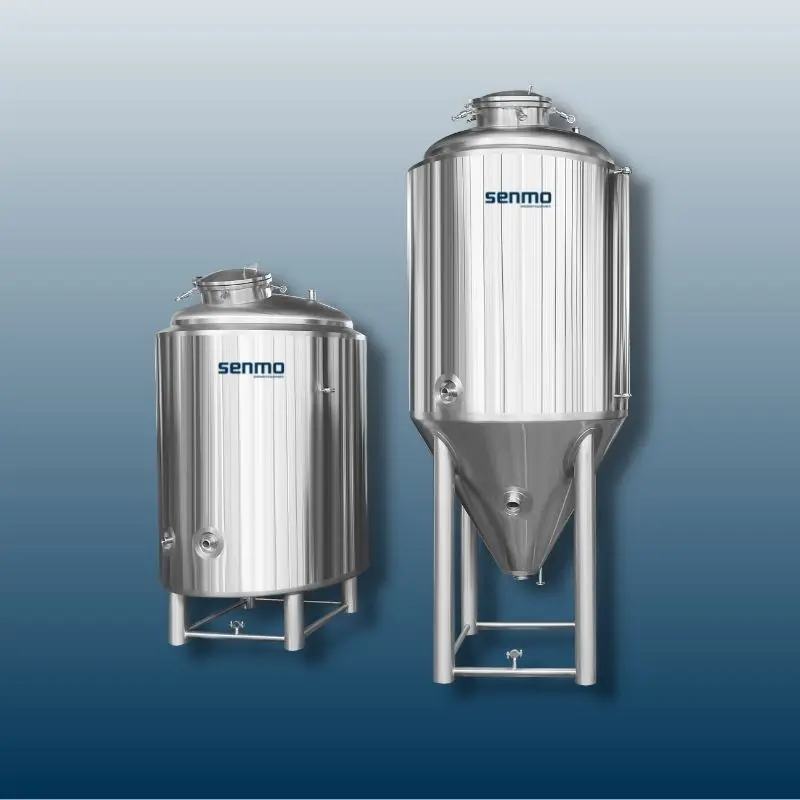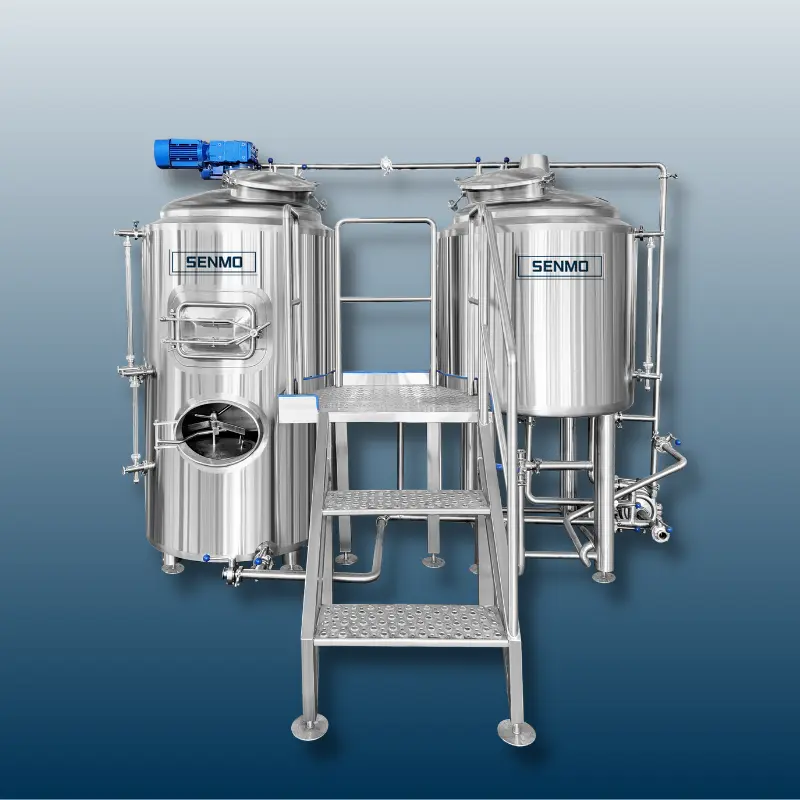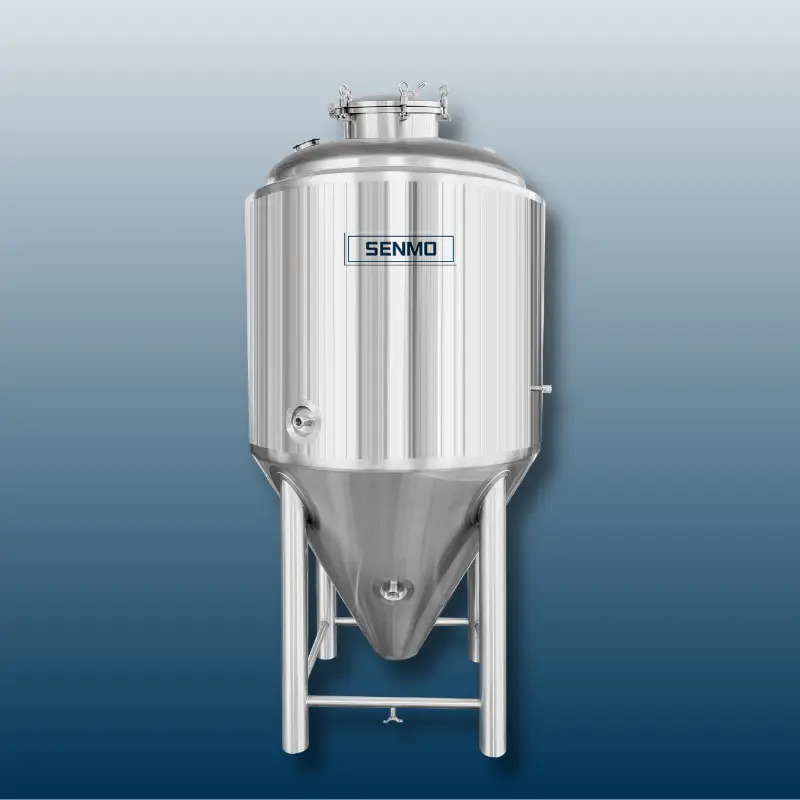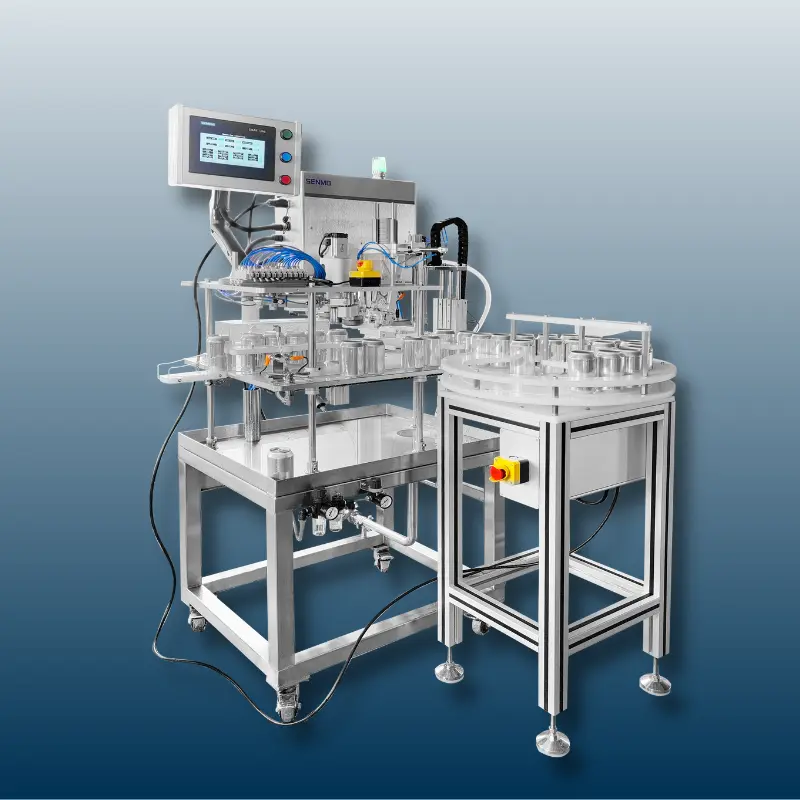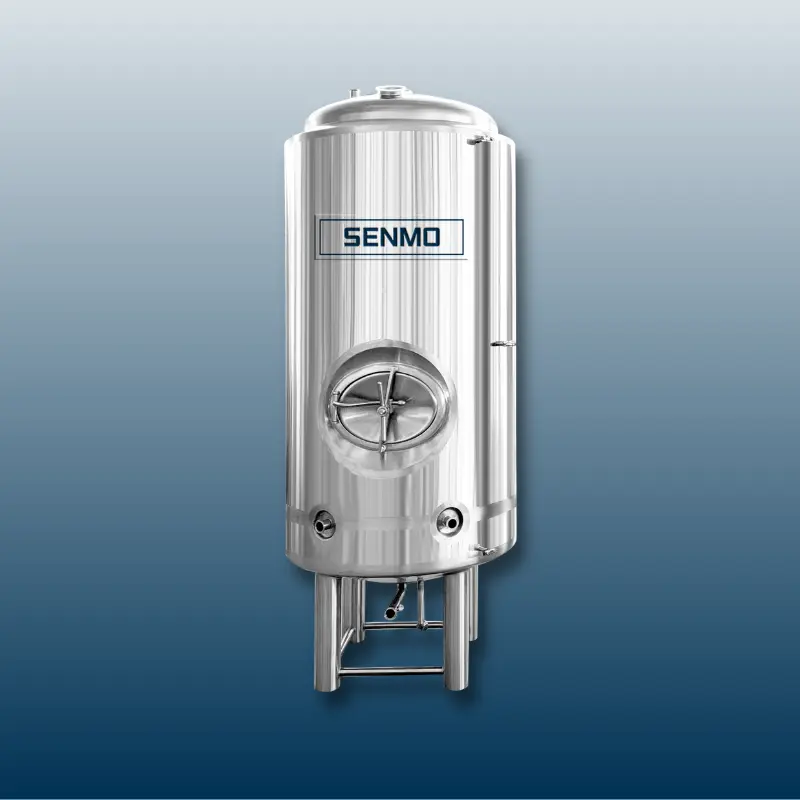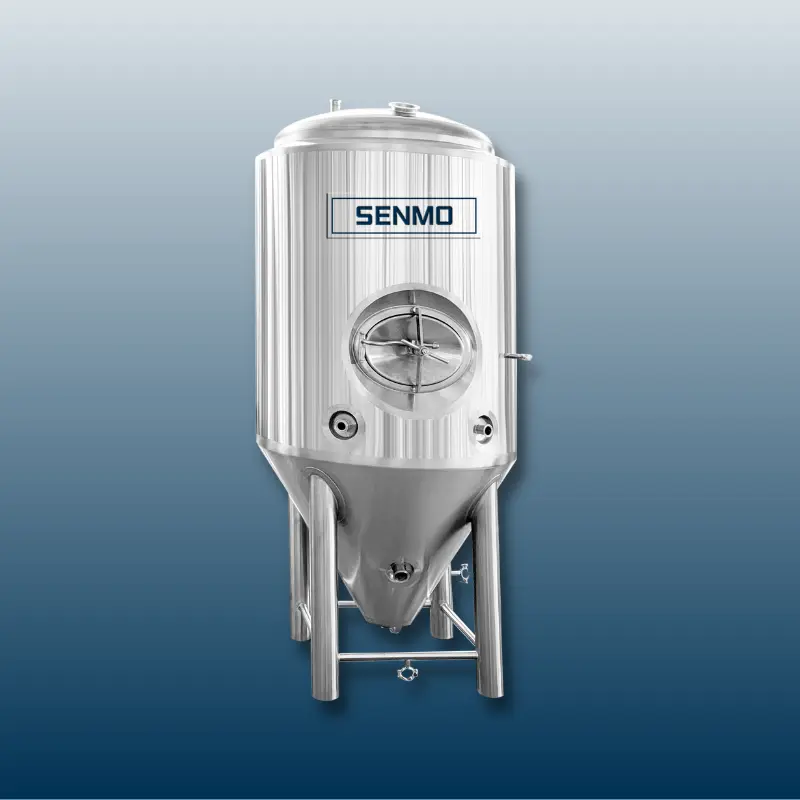Production Volume:
The first factor to consider is the desired production volume. Different breweries have varying output requirements based on their target market and distribution channels. For example, a microbrewery aiming to produce 500 barrels (approximately 58,000 liters) of beer annually may opt for a smaller fermentation tank with a capacity of 10 barrels (1,167 liters). On the other hand, a large-scale brewery targeting 100,000 barrels (approximately 11.6 million liters) annually would require much larger fermentation tanks with capacities ranging from 200 to 400 barrels (23,000 to 46,000 liters).
Space Constraints:
Available space is another crucial consideration. Breweries must assess their available floor area and ceiling height to ensure the selected fermentation tank fits comfortably within the production facility. Additionally, adequate space must be allocated for workers to maneuver around the tanks for maintenance and cleaning purposes. For instance, a compact brewery operating in a limited space may opt for smaller fermentation tanks with a vertical design to maximize floor space utilization.
Turnaround Time:
The desired turnaround time for beer production is also a significant factor. Breweries aiming for a quick turnaround may opt for smaller fermentation tanks, allowing for faster fermentation and conditioning processes. Alternatively, larger fermentation tanks provide the advantage of increased batch size, reducing the frequency of brew cycles and allowing for longer fermentation and maturation periods, which can enhance flavor profiles for certain beer styles.
Flexibility and Scalability:
Consideration should be given to future growth and expansion plans. It is beneficial to select fermentation tanks that allow for scalability. This means choosing a size that can accommodate future production increases without significant modifications to the brewing setup. Investing in slightly larger fermentation tanks upfront can save costs and downtime in the long run.
Example:
To illustrate the importance of choosing the right size fermentation tank, let's consider a hypothetical brewery, "Crafty Brews." Crafty Brews aims to produce 10,000 barrels (approximately 1.16 million liters) of beer annually. By analyzing their production goals and available space, they determine that investing in four fermentation tanks, each with a capacity of 50 barrels (5,834 liters), would be ideal.
With this setup, Crafty Brews can comfortably accommodate their production volume, allowing for efficient fermentation and conditioning processes. The 50-barrel tanks provide the necessary capacity to meet their output requirements while ensuring scalability for future growth. The tanks are strategically positioned in the facility, providing enough space for workers to access and maintain them easily.
Conclusion:
Choosing the right size commercial beer fermentation tank is a critical decision for breweries. Considering factors such as production volume, space constraints, turnaround time, and flexibility is essential in optimizing brewery operations. By carefully assessing these factors and selecting the appropriate size, breweries can ensure efficient production, maintain product quality, and lay the foundation for future growth and success.
